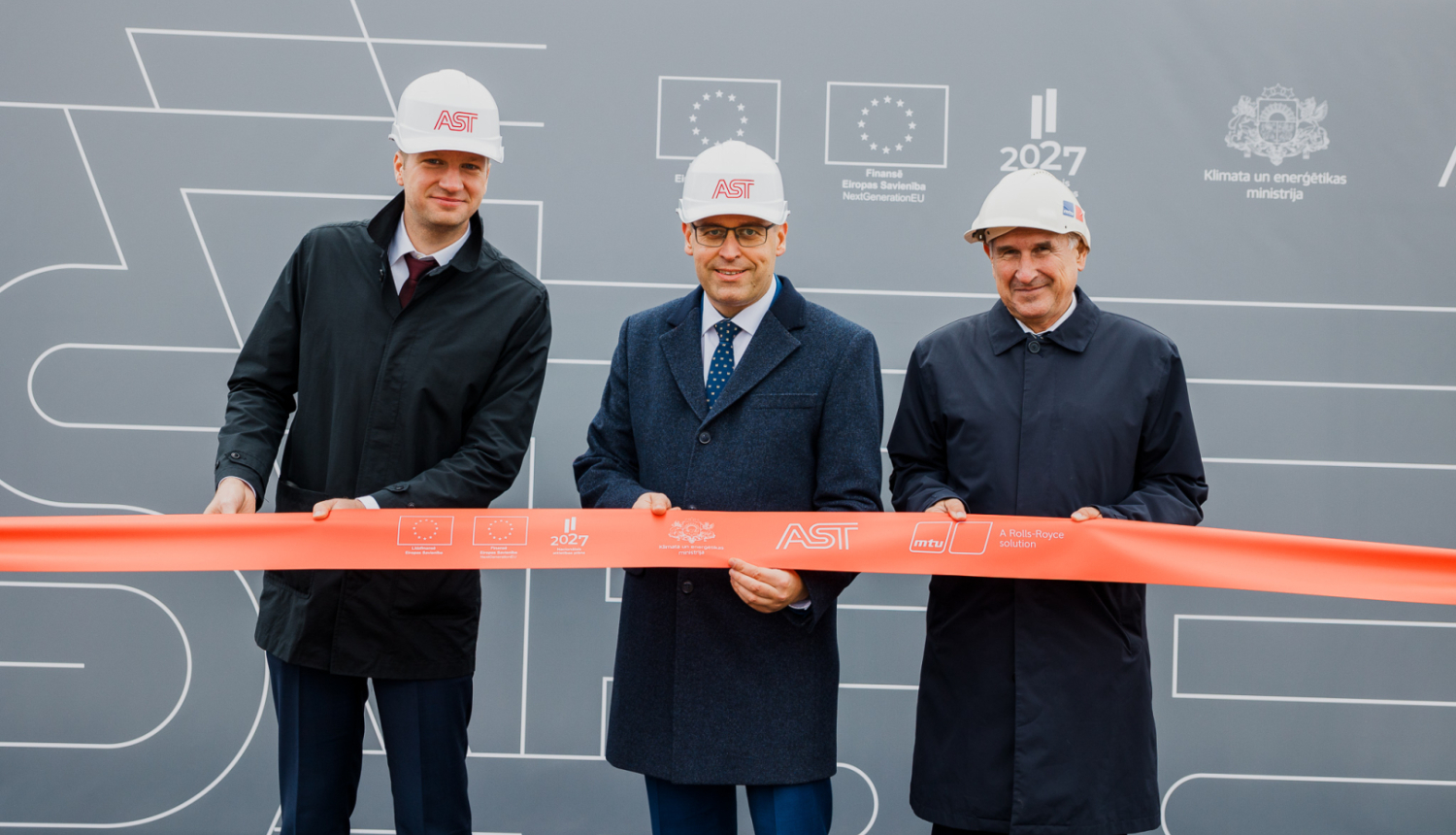Latvia’s transmission operator Augstsprieguma tīkls (AST) has launched battery energy storage systems (BESS) in Rēzekne and Tume, which is the final milestone in synchronising Baltic power grids with continental Europe, the company announced. The batteries will provide frequency containment (FCR) and automatic restoration reserves (aFRR), and these will ensure more stable grid operation.
The Rēzekne facility and Tume system combine for 80 megawatts/160 megawatt-hours (MW/MWh), and they are among the EU’s largest. The batteries were installed by Rolls-Royce Solutions and LEC Construction, and they feature a custom management system developed with Riga Technical University. Their participation in the balancing capacity market is planned from 29 October, with delivery of balancing reserves starting from 30 October.
The total investment reached 77 million euros, fully EU-funded for Rēzekne via RePowerEU, and 75 per cent supported by the EU’s Connecting Europe Facility (CEF) for Tume and the substations. The batteries are significant for reducing overall costs for consumers and market participants in Latvia and across the Baltics. From 2026, these batteries will allow Latvia to cut balancing capacity maintenance costs by approximately 20 million euros per year.
On 8 February, the Baltic states disconnected from the Russia-controlled electricity system and successfully connected their power systems to the continental European synchronous zone on 9 February. The synchronisation of the Baltic grids with continental Europe is not only a contribution to electricity supply security in the region, according to AST, it also promotes the development of the European internal energy market and creates new business opportunities.

